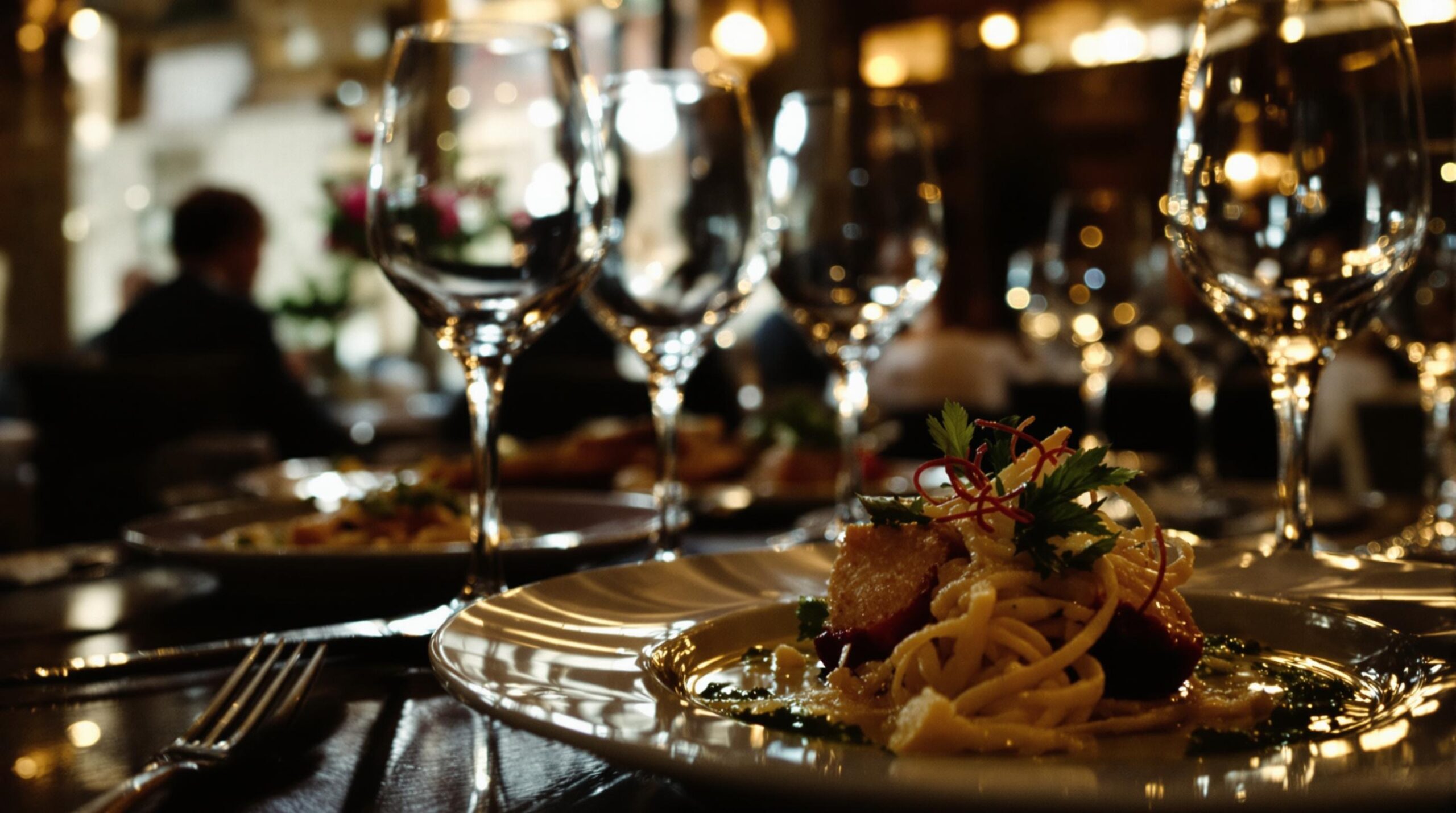Is Fine Dining Dead? The Surprising Twist Shaping How We Eat Now
For decades, fine dining has been synonymous with luxury, impeccable service, and culinary artistry. Crisp white tablecloths, hushed tones, and meticulously plated dishes were the hallmarks of an unforgettable (and often incredibly expensive) experience.
But is this tradition fading? Are we witnessing the decline of fine dining as we know it?
The Shifting Sands of Taste
The culinary landscape is constantly evolving. Consumers, especially younger generations, increasingly prioritize experiences that are authentic, accessible, and sustainable. The rigid formality and often exorbitant prices of traditional fine dining are less appealing to a demographic seeking something more.
What’s Driving the Change?
- The Experience Economy: People crave memorable moments, and that doesn’t always mean stuffy environments. Pop-up restaurants, food trucks with gourmet offerings, and chef’s table experiences in unexpected locations are all gaining popularity.
- Sustainability and Ethical Sourcing: Consumers are more aware of the impact their food choices have on the environment and society. They’re seeking restaurants that prioritize local ingredients, ethical labor practices, and minimal waste.
- Casualization: The lines between casual and fine dining are blurring. Many acclaimed chefs are opening more relaxed establishments that offer high-quality food in a more approachable setting.
- The Rise of Foodie Culture: Social media has democratized access to culinary trends. Food enthusiasts are eager to explore diverse cuisines and innovative techniques, often through more informal channels.
Fine Dining: Evolution, Not Extinction
While traditional fine dining may be losing some ground, it’s not disappearing entirely. Instead, it’s evolving. Many high-end restaurants are adapting to the changing preferences by:
- Embracing Innovation: Chefs are pushing boundaries with experimental techniques and unexpected flavor combinations.
- Prioritizing Sustainability: Farm-to-table practices and zero-waste initiatives are becoming increasingly important.
- Creating a More Relaxed Atmosphere: Some restaurants are ditching the strict dress codes and stuffy formalities in favor of a more welcoming ambiance.
- Offering Value: Restaurants are exploring ways to make fine dining more accessible, such as offering tasting menus with lower price points or creating special deals.
The Twist: It’s All About Connection
Ultimately, the future of fine dining lies in its ability to connect with diners on a deeper level. Whether it’s through storytelling, immersive experiences, or a commitment to social responsibility, restaurants that can create meaningful connections will thrive. The focus is shifting from mere opulence to genuine engagement, proving that the heart of a truly fine dining experience lies in the connection between food, people, and purpose. So, while the white tablecloths might be optional, the passion for culinary excellence and creating memorable moments remains essential.


